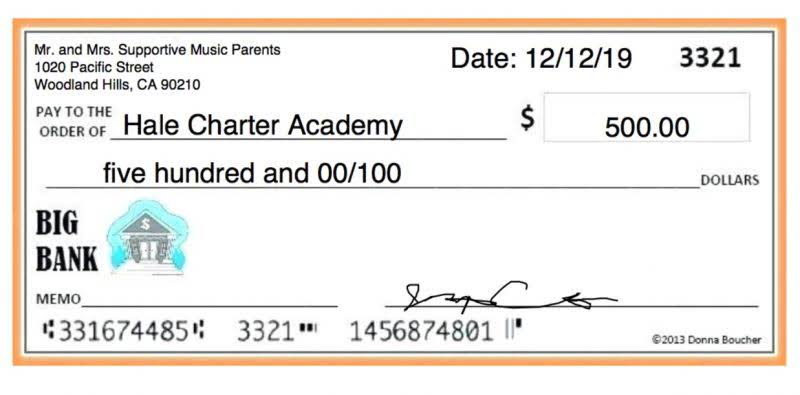A $20 bill will always be worth $20, even when $20 doesn’t buy as much as it used to. TurboTax walks you through the Section 179 deduction for applicable accounting services for startups assets, and handles the calculations, too. If your total acquisitions are greater than $2,890,000 the maximum deduction begins to be phased out.
Straight-Line Depreciation
- This formula is best for companies with assets that will lose more value in the early years and that want to capture write-offs that are more evenly distributed than those determined with the declining balance method.
- A way to figure depreciation for property that ratably deducts the same amount for each year in the recovery period.
- For the first tax year after the recovery period, the unrecovered basis will be deductible.
- You must reduce the basis of property by the depreciation allowed or allowable, whichever is greater.
- You place property in service when it is ready and available for a specific use, whether in a business activity, an income-producing activity, a tax-exempt activity, or a personal activity.
For the second year, the adjusted basis of the computer is $4,750. You figure this by subtracting the first year’s depreciation https://thefloridadigest.com/navigating-financial-growth-leveraging-bookkeeping-and-accounting-services-for-startups/ ($250) from the basis of the computer ($5,000). Your depreciation deduction for the second year is $1,900 ($4,750 × 0.40).
Depreciation of Business Assets
- Land is not depreciated at all, since it is considered to have an infinite lifespan.
- 3-year property includes automobiles, light-duty trucks (actual unloaded weight less than 13,000 pounds), and tractor units for use over-the-road.
- It also discusses other information you need to know before you can figure depreciation under MACRS.
- You can take a 50% special depreciation allowance for qualified reuse and recycling property.
- Finally, units of production depreciation takes an entirely different approach by using units produced by an asset to determine the asset’s value.
Depreciation recapture on gains specific to real estate property, on the other hand, is capped at a maximum of 25%. Listed property meets the predominant use test for any tax year if its business use is more than 50% of its total use. You must allocate the use of any item of listed property used for more than one purpose during the tax year among its various uses. The percentage of investment use of listed property cannot be used as part of the percentage of qualified business use to meet the predominant use test. However, the combined total of business and investment use is taken into account to figure your depreciation deduction for the property.
Claiming the Special Depreciation Allowance
The 100% expensing is also available for certain productions (qualified film, television, and live staged performances) and certain fruit or nuts planted or grafted after September 27, 2017. Generally, if you’re depreciating property you placed in service before 1987, you must use the Accelerated Cost Recovery System (ACRS) or the same method you used in the past. For property placed in service after 1986, you generally must use the Modified Accelerated Cost Recovery System (MACRS). Accountingo.org aims to provide the best accounting and finance education for students, professionals, teachers, and business owners. The sofa is a current asset of the furniture shop because it is for sale which is why it can’t be depreciated. Passenger automobiles; any other property used for transportation; and property of a type generally used for entertainment, recreation, or amusement.
They figured their MACRS depreciation deduction using the percentage tables. This chapter explains how to determine which MACRS depreciation system applies to your property. It also discusses other information you need to know before you can figure depreciation under MACRS. This information includes the property’s recovery class, placed in service date, and basis, as well as the applicable recovery period, convention, and depreciation method. It explains how to use this information to figure your depreciation deduction and how to use a general asset account to depreciate a group of properties.
What Is Depreciation and How Is It Calculated?
The second quarter begins on the first day of the fourth month of the tax year. The third quarter begins on the first day of the seventh month of the tax year. The fourth quarter begins on the first day of the tenth month of the tax year. You figure depreciation https://thecaliforniadigest.com/navigating-financial-growth-leveraging-bookkeeping-and-accounting-services-for-startups/ for all other years (before the year you switch to the straight line method) as follows. Under this convention, you treat all property placed in service or disposed of during a month as placed in service or disposed of at the midpoint of the month.
You retire property from service when you permanently withdraw it from use in a trade or business or from use in the production of income because of any of the following events. Continue to claim a deduction for depreciation on property used in your business or for the production of income even if it is temporarily idle (not in use). For example, if you stop using a machine because there is a temporary lack of a market for a product made with that machine, continue to deduct depreciation on the machine. For more information on the records you must keep for listed property, such as a car, see What Records Must Be Kept? If you use property for business or investment purposes and for personal purposes, you can deduct depreciation based only on the business or investment use.
Do market research to determine salvage value
If you acquire a passenger automobile in a trade-in, depreciate the carryover basis separately as if the trade-in did not occur. Depreciate the part of the new automobile’s basis that exceeds its carryover basis (excess basis) as if it were newly placed in service property. This excess basis is the additional cash paid for the new automobile in the trade-in. The FMV of the property is the value on the first day of the lease term. If the capitalized cost of an item of listed property is specified in the lease agreement, you must treat that amount as the FMV. Report the recapture amount as other income on the same form or schedule on which you took the depreciation deduction.

